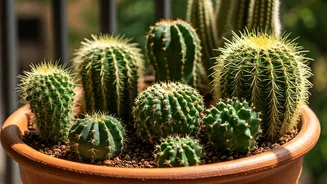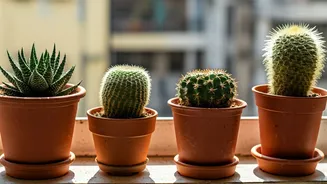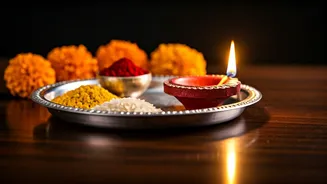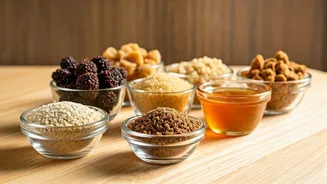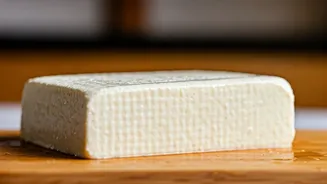Introduction to Cactus
Cacti, known for their resilience and striking forms, are perfect for Indian balconies. These plants have adapted to thrive in harsh environments, making
them low-maintenance choices. Their unique shapes and textures bring visual interest to any space. The ability to endure drought makes them a sustainable choice for water conservation. Choosing the right cactus involves considering sunlight exposure and temperature conditions. Understanding these aspects allows you to create a thriving and aesthetically pleasing balcony garden. This introduction sets the stage for discovering specific cactus varieties ideal for Indian homes.
Opuntia (Prickly Pear)
The Opuntia, or Prickly Pear cactus, is a classic choice for balcony gardens. Known for its flat, pad-like segments, the Prickly Pear produces vibrant flowers and edible fruits. These cacti need ample sunlight and well-draining soil to prevent root rot. Watering should be infrequent, allowing the soil to dry out between sessions. The Prickly Pear can endure high temperatures, making it suitable for various Indian climates. Regular care includes pruning dead or damaged pads to maintain its shape and health. Its iconic silhouette brings a touch of the Southwest to your balcony, offering both beauty and a potential food source.
Echinopsis (Sea Urchin)
Echinopsis cacti, also known as Sea Urchin cacti, are spherical or cylindrical in form, often covered in spines. These cacti bloom with large, colorful flowers, adding a burst of color to the balcony. They need bright, indirect sunlight, as direct sun can scorch the plant. Well-draining soil is essential, preventing waterlogging and root issues. Watering should be moderate during the growing season and reduced in winter. Echinopsis cacti come in various sizes and shapes, making it easy to find a variety that suits your space. The blooms of these cacti offer a dramatic contrast to their spiny exteriors, making them eye-catching additions to any balcony garden.
Mammillaria
Mammillaria cacti are a diverse group, known for their small, nipple-like tubercles and prolific blooms. These cacti come in many shapes and sizes, perfect for small balcony gardens. They thrive in bright sunlight, needing at least six hours of direct sunlight. The soil should be well-draining, and watering needs vary depending on the species and season. Mammillaria cacti produce a range of flower colors, adding a cheerful touch to the balcony. They are generally easy to care for, requiring minimal maintenance. Their compact size and vibrant blooms make them a delightful choice for adding visual interest to your balcony garden. These cacti are also relatively resilient, making them suitable for beginners.
Aloe Vera
Although technically a succulent, Aloe Vera is included for its benefits and ease of care on a balcony. Known for its medicinal properties, Aloe Vera is a multi-purpose plant. It requires bright, indirect sunlight and well-draining soil. Water sparingly, allowing the soil to dry between waterings. Aloe Vera can endure high temperatures and low humidity, making it ideal for many Indian climates. The gel from its leaves is used to treat burns and skin irritations. Its practicality adds value to your balcony, combining beauty with functionality. Aloe Vera's resilience makes it a great choice for both experienced and novice gardeners.
Haworthia
Haworthia cacti are small, slow-growing succulents, perfect for compact spaces. These plants are known for their patterned leaves and low-light tolerance. They need bright, indirect light; direct sunlight can scorch their leaves. Haworthia cacti need well-draining soil and benefit from infrequent watering. They are relatively low-maintenance, making them perfect for busy individuals. Haworthia cacti are available in various species, each with unique leaf patterns and textures. Their compact size makes them ideal for balcony gardens. Their understated beauty adds a touch of elegance to any outdoor space.
Caring for Cacti
Successful cactus care starts with understanding their needs. Provide sufficient sunlight, well-draining soil, and infrequent watering. Use a cactus-specific potting mix to ensure proper drainage. Avoid overwatering, which can lead to root rot and plant death. Fertilize during the growing season with a balanced, diluted fertilizer. Prune dead or damaged parts to keep your cacti healthy and looking good. Protect them from pests by inspecting them regularly and treating any issues promptly. These simple steps will help you enjoy thriving cacti on your balcony for many years. Regular care and observation will help you maintain your cactus garden effectively.
